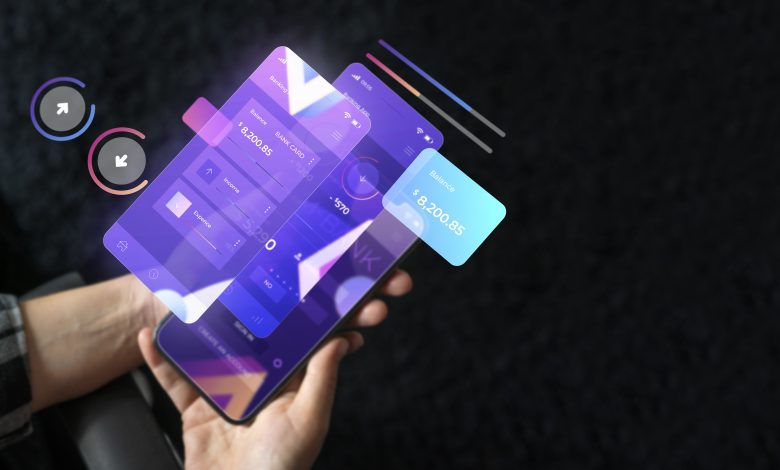
When I first started experimenting with AI agents in iOS development, my expectations were modest. I wasn’t looking for a co-engineer — I was looking for a faster way to get through the repetitive parts of my day. Things like scaffolding SwiftUI views, generating test cases, or documenting APIs aren’t where creativity lives. They’re the kinds of tasks that make you wish you had a second pair of hands.
It turns out that’s precisely what AI agents are: extra hands, not extra minds.
The Shift in How We Work
Over the past year or two, AI tools have quietly become an integral part of how developers work. Not in the glossy, sci-fi way headlines promised, but in a much more grounded one. According to Stack Overflow’s 2024 developer survey, three out of four developers had already started using or planned to use AI tools. By 2025, JetBrains reported that about 85% of us were using them routinely, and nearly two-thirds had at least one AI assistant open most days.
That sounds like a revolution, but what’s really happening is more subtle. Developers aren’t outsourcing creativity. They’re reclaiming time. GitHub’s research with Accenture clearly shows that Copilot users code roughly 55% faster and feel more confident doing so. That confidence comes from focus — you can stay in the flow of solving problems while the agent handles the busywork.
Where It Fits
For iOS engineers, the fit is obvious. Once your foundations are solid — once you understand UIKit, SwiftUI, Combine, and concurrency — AI becomes a force multiplier. It excels at pattern repetition, but struggles with invention. It can write your snapshot tests, build small utility functions, and even describe your APIs in Markdown. But ask it to architect a data layer for a complex Core Data model, and it will stumble.
I’ve found the sweet spot to be in those in-between moments — when you know what you want to do but haven’t written it yet. I’ll describe a view or data transformation in plain language, and the agent provides me with a clean starting point. The result is rarely perfect, but it gets me moving faster.
The Tools in Play
Different tools bring different strengths. Copilot feels like an invisible colleague — it finishes your sentences. Claude is better at reading the room, understanding large chunks of context, and suggesting more consistent refactors or documentation. Cursor is the one that feels closest to an “AI-native” IDE, constantly aware of what’s open, helping you test or reorganize code on the fly.
And then there’s the new Claude integration in Xcode. When I first tried it, I expected gimmicks. What I found was a more natural extension of the IDE — a way to query my project directly. I could ask Claude to generate SwiftUI snippets, clean up a file, or summarize a view model’s logic, and it would do it while staying true to Apple’s conventions. It doesn’t try to outthink you; it keeps pace with you.
Experience Over Hype
There’s a story I often point to when people ask if AI can “do” iOS development. A developer on Medium described building an ISBN scanner app entirely by prompting ChatGPT. No prior iOS experience. He didn’t design architecture or optimize performance, but he shipped a working feature. That’s telling — AI can help you build, but it can’t help you think like an engineer.
When several AI assistants — Copilot, Claude, Cursor, and Xcode’s new GPT-5-based assistant — were tested on debugging a login bug, the results varied widely. Cursor and Xcode’s AI immediately identified the issue; Copilot required several hints and still got it wrong. His conclusion was honest: AI saves time, but the choice of tool and context matters. The better the assistant understands your environment, the more useful it becomes.
The Reality Behind the Numbers
The data paints a balanced picture. Most developers use AI tools, but not everyone uses them daily. Stack Overflow’s 2025 survey indicates that only about 14% of developers rely on AI agents daily, and overall enthusiasm has cooled slightly since the initial hype. That’s not disillusionment — it’s maturity. Developers are learning where AI is helpful and where it isn’t.
For iOS work, that boundary is clear. AI is brilliant at automating boilerplate and generating documentation. It’s less helpful when building new patterns or debugging race conditions at 2 a.m. It saves time, but it doesn’t replace intuition.
The Practical Outcome
In my own workflow, AI has quietly changed how I approach projects. I spend less time setting up, more time refining. I use Claude in Xcode for quick refactors and documentation, Copilot for completions, and Cursor when I want to explore code in context. Together, they’ve made the invisible parts of engineering — the parts clients never see — faster and cleaner.
But the key is this: none of it replaces understanding. If you can’t reason about architecture, concurrency, or design trade-offs, no agent will save you. If you can, they’ll make you faster and more consistent.
Closing Thought
AI agents haven’t replaced developers. They’ve made good developers more productive. They’re tools — powerful, yes, but still tools. The skill that matters most is knowing when to reach for them, when to question them, and when to ignore them entirely.
For mobile engineers, that’s the new craft: understanding not just how to code, but how to collaborate with a machine that’s fast, literal, and uncreative — so you can stay focused on the parts of software that still need a human mind.




